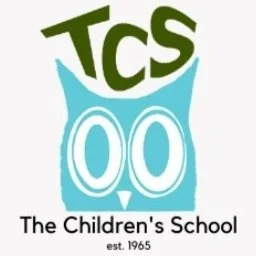
BLOG
Featured

Literacy with the Robins
A delicious, hands-on activity teaches our Pre-K class about key scientific processes and skills
As a parent or guardian of young children who are usually at school, you may be wondering how to keep them busy during days with little daylight and cold, damp weather. Here are some ways to help your child continue to develop their fine and gross motor skills, problem solving skills, and get out some energy to help them stay on their usual sleep schedule. All while bonding as a family!
Hummingbirds lead teacher, Taryn, writes about the importance for preschoolers to learn about taking care of others and giving back to the community















